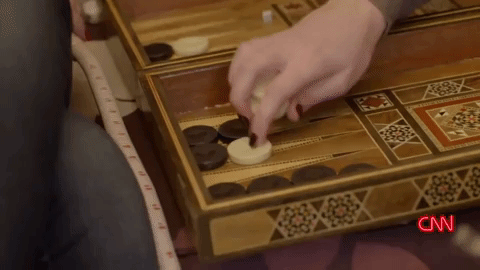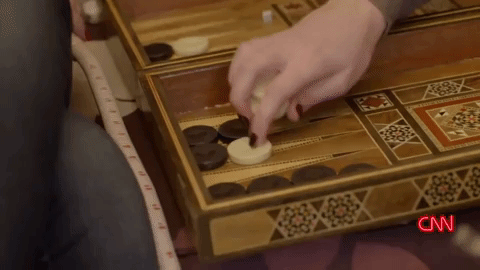Backgammon is a classic board game that involves strategy, patience, and cunning. While its origins date back thousands of years, its appeal has endured through the ages, making it a popular pastime for players of all skill levels. Whether you’re a newcomer to the game or a seasoned player looking to deepen your understanding, becoming familiar with the rules is a crucial step in honing your skills. In this article, we’ll explore the fundamental aspects of the game, diving into the rules, equipment, and strategies you’ll need to get started on the path to Backgammon mastery.
The Basics of Backgammon
At the most basic level, Backgammon is a two-player game played on a board with 24 narrow triangular spaces, called points, arranged in a horseshoe shape. Each player starts with 15 pieces, called checkers, which are placed on designated points on the board. The ultimate objective is to move all of your checkers around the board and into your “home board” (the final six points), then remove the checkers from the board before your opponent does the same.
Movement is determined by rolling dice, with each player taking turns rolling two six-sided dice. The numbers on the dice correspond to the number of points a player may move their checkers. Players may only move their checkers to unoccupied points or points occupied by one of their own checkers. But if a point is occupied by a single opponent’s checker, that checker may be “hit” and sent to the “bar” in the middle of the board until it can re-enter.
While luck does play a factor in determining the outcome of a roll, your skill, and strategy are essential in determining how the checkers are moved in response to the dice. Recognizing and exploiting opportunities to hit an opponent’s checkers or establish “prime” positions (six consecutive points) can vastly improve your chances of winning. One of the best places to refine your skills and understand the game better is.
Equipment and Setup
Before playing a game, it’s necessary to have the right equipment on hand. A standard Backgammon set should consist of a folding board, 15 black and 15 white checkers, a pair of dice for each player, and a doubling cube used to keep track of the game’s stakes. If you’re not yet familiar with the setup of the board, you’ll need to learn the layout and starting positions of the checkers so both players can begin on equal footing.
The initial setup of the board requires placing the checkers in specific positions. Two checkers are placed on the 24th point, five checkers on the 13th point, three checkers on the 8th point, and five checkers on the 6th point. The colors of the checkers vary depending on your equipment, but each player’s checkers should be distinctly different in appearance.
Once the checkers are in their correct starting positions, it’s vital to make sure each player has access to their pair of dice and that the doubling cube is readily available. The doubling cube is a unique component of the game that allows players to agree on raising the stakes of the game mid-session. It’s not used at every turn but is indispensable in certain high-stakes situations.
Strategies and Tactics

While the basic rules and equipment for Backgammon are relatively simple, the true challenge of the game lies in mastering its strategic elements. Developing an effective approach to the game involves the ability to both react and adapt to the ever-changing circumstances presented by the roll of the dice. This means being able to recognize your opponent’s weaknesses and exploit opportunities for gain. There are plenty of games that suggest you recognize your opponent’s weaknesses; Texas Holdem Poker is one that’s been popular since the poker boom in the mid-2000s.
Some other key Backgammon strategies to consider include establishing prime positions, hitting your opponent’s checkers, and being mindful of the potential for a “gammon” or “Backgammon,” which occurs when a player succeeds in removing their checkers before their opponent has even begun to remove theirs. Skilled players will also use the doubling cube effectively, both as a way of escalating the stakes when favored and as a means of pressuring an opponent to concede when the odds are against them.
Naturally, gaining experience in applying these tactics is paramount for becoming a proficient player in Backgammon. Online resources and platforms like Backgammon-Online.net offer excellent opportunities to practice and learn from other players around the world, making it a valuable resource in the quest for Backgammon proficiency.
Overall, Backgammon is a game that combines luck, skill, and strategy into a fascinating and endless challenge. The strategic components of the game require the same critical thinking skills you use while playing online chess. Whether you’re just discovering the game or looking to deepen your mastery, understanding the rules, equipment, and strategies is essential for success. Embrace the journey, and enjoy the rich and rewarding experience offered by one of humanity’s oldest and most beloved board games.
